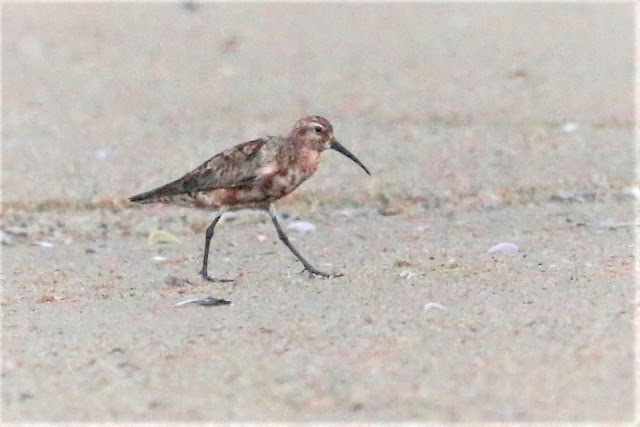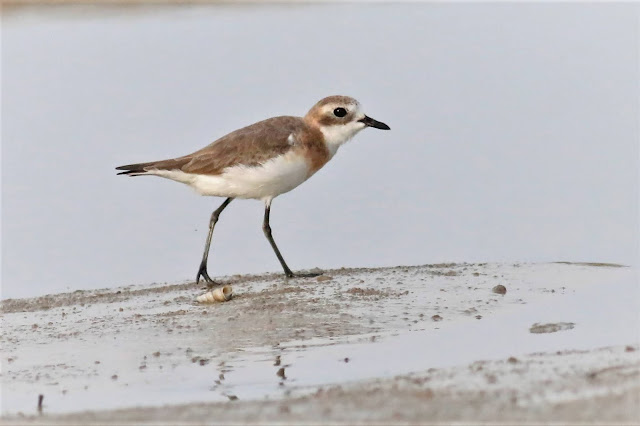Here are some of the best photos of waders / shorebirds that I have ever shot so far. They simply look magnificent at this time of the year. The variations in their plumage due to different stages of moult adds to the birds' splendid profile.
Some say the above is a Lesser Sand Plover while some think its a Kentish Plover. Majority were silent.
Lesser Sand Plover
Red-necked Stint (in full winter plumage)
So far I have never seen a Red-necked Stint pulling up sea worms.
Curlew Sandpiper
Apparently their prey includes insect larvae or shrimp-like crustaceans, invertebrates, large marine worms.
Most of the time they hunt their prey alone and their prey appears to be small white colored 'insects'
So far I have not seen them pulling up sea worms.
Curlew (Eurasian)
Curlews (Eurasians)
Whimbrel
Terek Sandpiper
Two Lesser Sand Plovers confronting each other
Each of them need some space.
Some of the waders came quite close like this one.
They just love the sands.
Bringing up their favorite meal - sea worm
Like some tug-of-war in the mud
It can be a rewarding hefty meal
Almost all LSPs sighted here are from the Tibetan race.
Flank appears too clean for a Mongolus species.
Yeah ! that certainly looks like me
Got another prey - this time it looks like a crustacean.
They came in different molts. That is the beauty of watching waders. In summer or winter they would still look gorgeous.
Standing tall in the middle of the sand dunes.
Sometimes they would look for tiny white colored insects as I have observed
This should be an adult LSP
So as this one above.
When they are alarmed they would make some noise which sounded like crickets - krik-krik-krik.
By late September most of them would have changed completely into winter plumage.
Some of them looks smaller than the rest.
LSP makes up most of the waders population in KKM.
They look comfortable running in the mud as well.
Soaking up the bright morning sun
This is a Grey Heron saying till we meet again in Part 2.
Adious !






































No comments:
Post a Comment